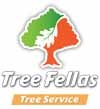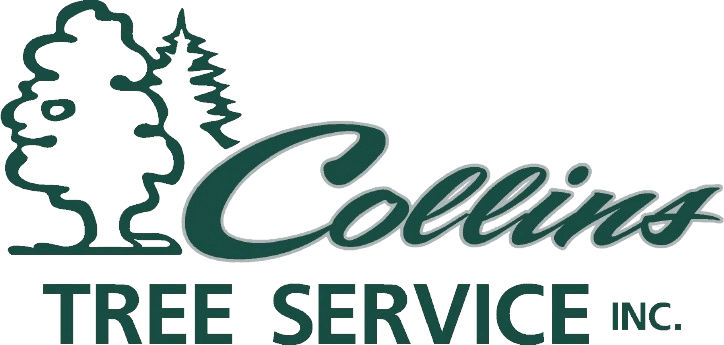How To Choose the Right Concord Tree Service
Factors like services and licensing are important considerations for choosing a tree removal company. We highlight several key factors below.
Vet the Company's Qualifications
Tree service companies should have insurance policies protecting their workers and customers. Examples of policies include professional liability, general liability, and workers' compensation insurance. The policies should specifically mention tree work coverage because otherwise, you might be responsible for any damage or injuries that occur on your property. There aren't mandatory national certification for tree removal, but a company may employ a certified arborist to conduct inspections. Arborists are specialists who have earned voluntary certifications from the International Society of Arboriculture (ISA). Companies aren't required to have one on staff, but arborists provide many benefits due to their training in tree care, maintenance, and preservation.
Get Quotes From Multiple Companies
You should request quotes from multiple companies to find the best deal. You can compare elements of each quote, such as the timelines, included services, and service fees.
Confirm the Company Performs Residential Tree Services
We recommend employing a company that specializes in residential tree services. Residential tree service companies have fewer locally -mandated service restrictions compared to commercial companies, which are required to follow certain local ordinances.
Request a Tree Risk Assessment
A tree risk assessment (TRA) helps minimize the risk of damage to your property or harm to workers. During this process, your tree service professional will visually inspect a tree and its branches to evaluate the risk of breakage (called tree failure). Speak with your tree removal company and ensure you have a TRA completed before undertaking any work. These assessments are typically performed by certified arborists. Some companies include TRAs with services, while others charge an extra fee.
Ask About Stump Removal
It's important to remove tree stumps because if left unattended they can attract pests and disease. Ask if your tree removal company includes stump removal with its services. Your technician will remove stumps either with specialized equipment or by hand. This service costs from $68 to $497, with the typical Concord homeowner paying roughly $316.
How Much Does It Cost To Remove A Tree?
The cost of tree removal ranges from $308-$1,355, averaging of $633. Factors such as project size, tree size and type, and tree health may influence the final price. Emergency tree removal costs about $1,626, and any tree will incur additional fees if it has a higher failure risk or requires additional equipment, safety precautions, or labor. Your provider may charge per acre instead of per tree if you're having multiple trees removed.
Ready to Get a Quote on Your Tree Project?
Please enter a valid 5-digit zip code!
Frequently Asked Questions About Tree Removal in Concord
What are some common tree issues?
How are tree trimming and tree pruning different?
What are some signs that a tree is dangerous?
Do I need to hire a professional for tree removal?
Is it safe to leave a downed tree on my lawn?
To share feedback or ask a question about this article, send a note to our Reviews Team at reviewsteam@thisoldhousereviews.com.













